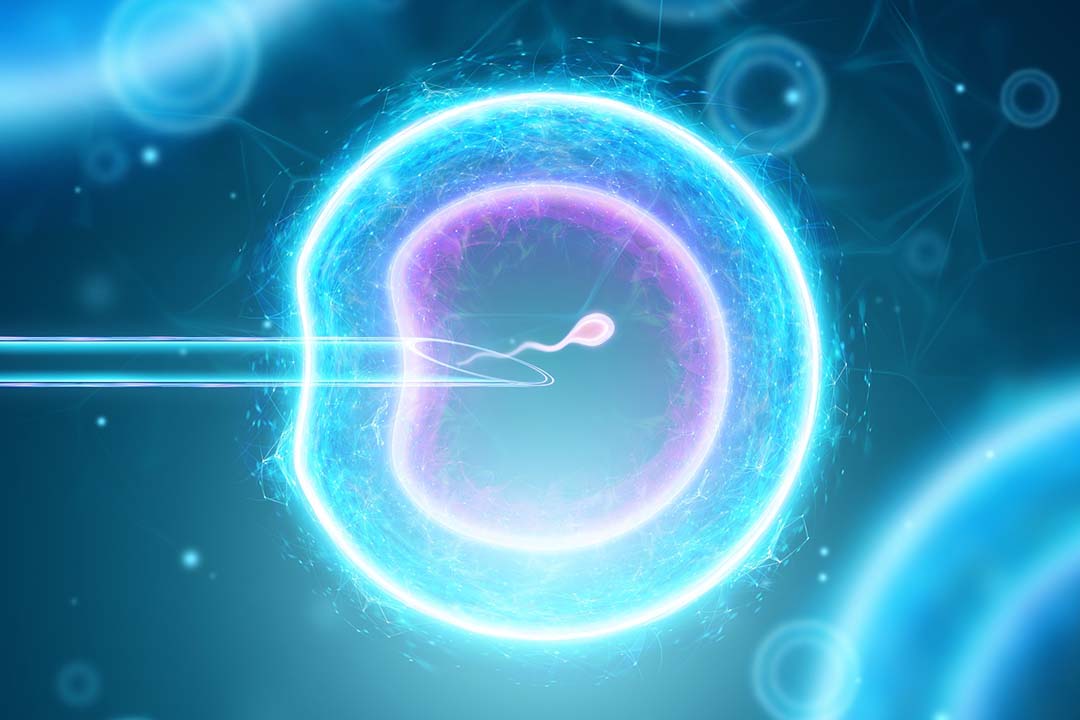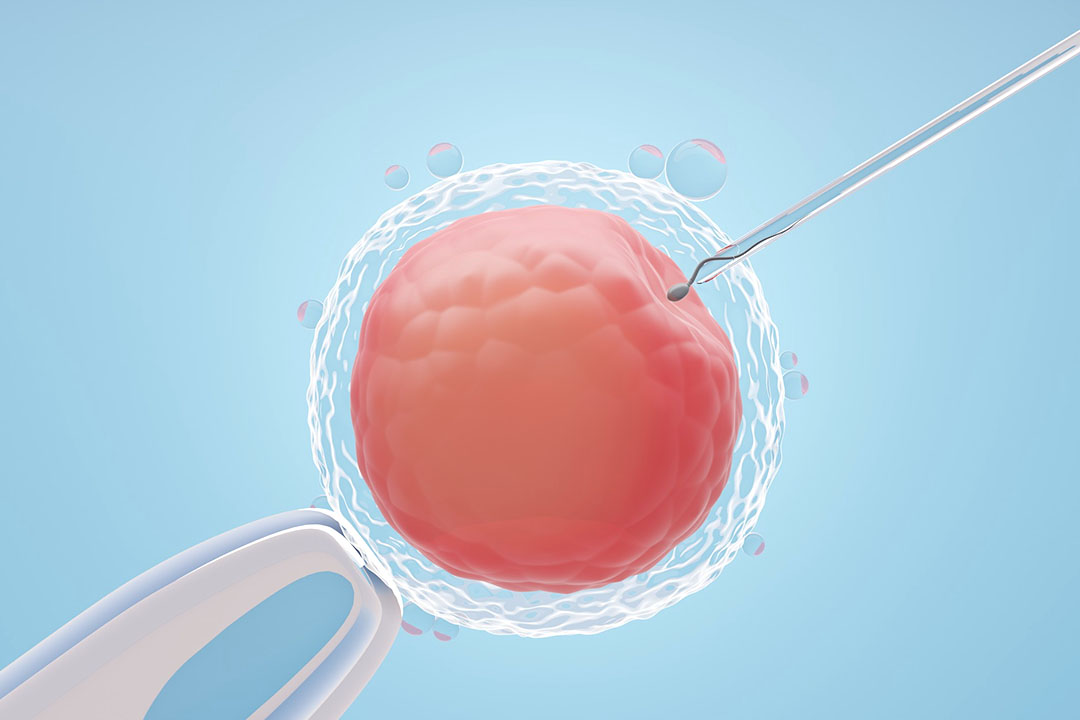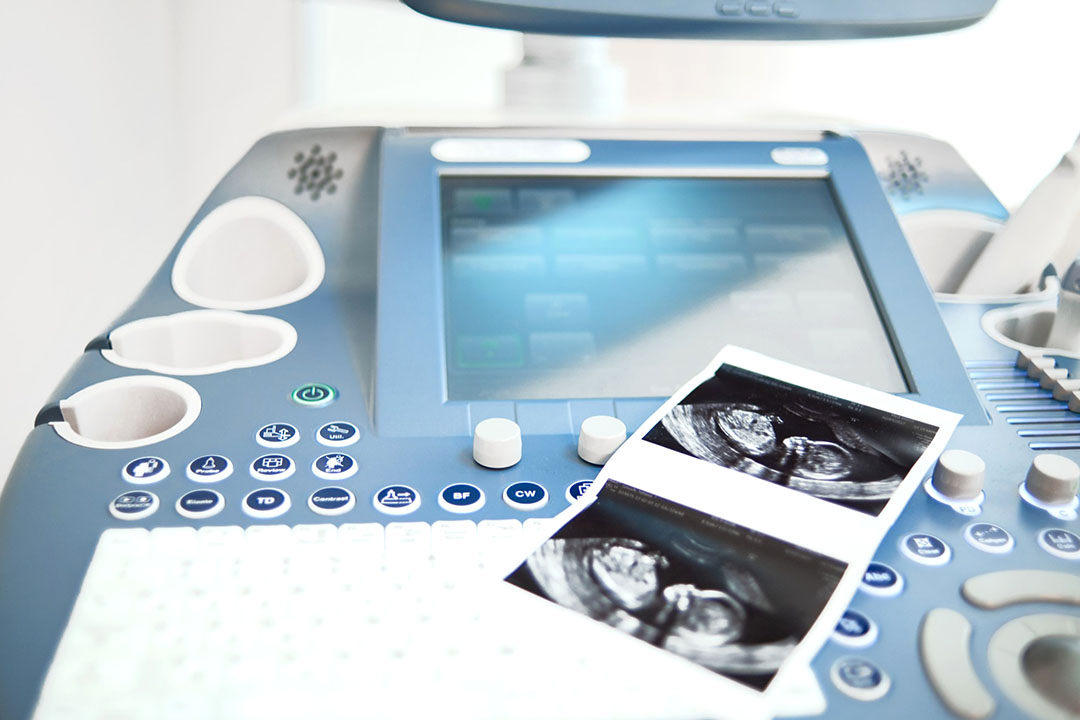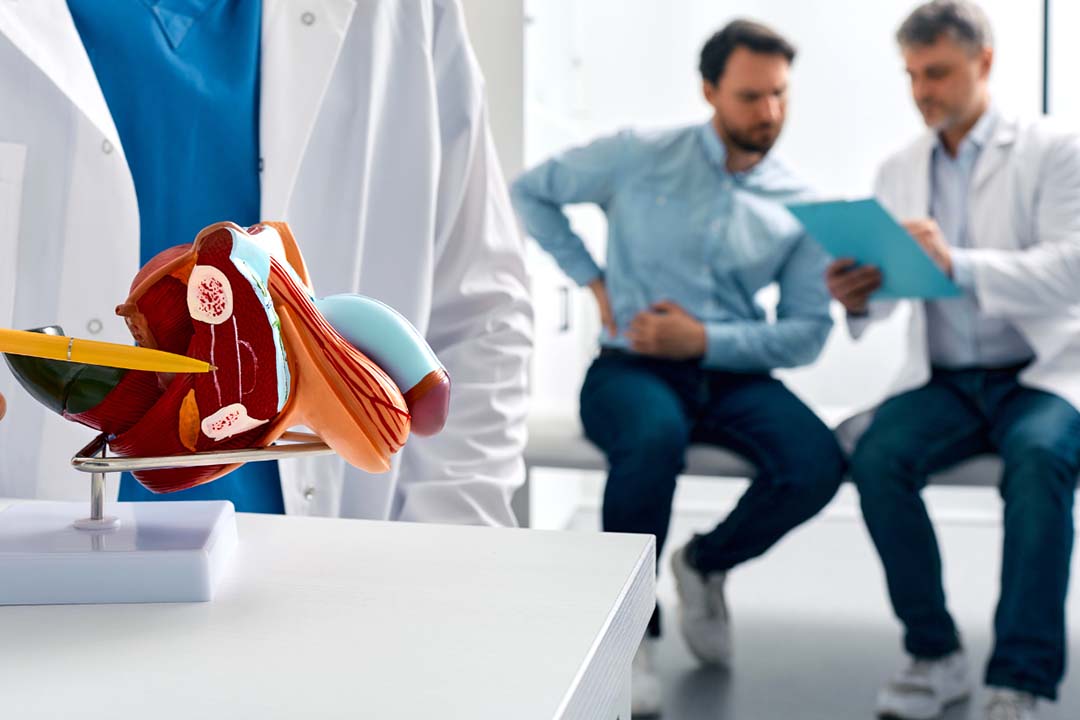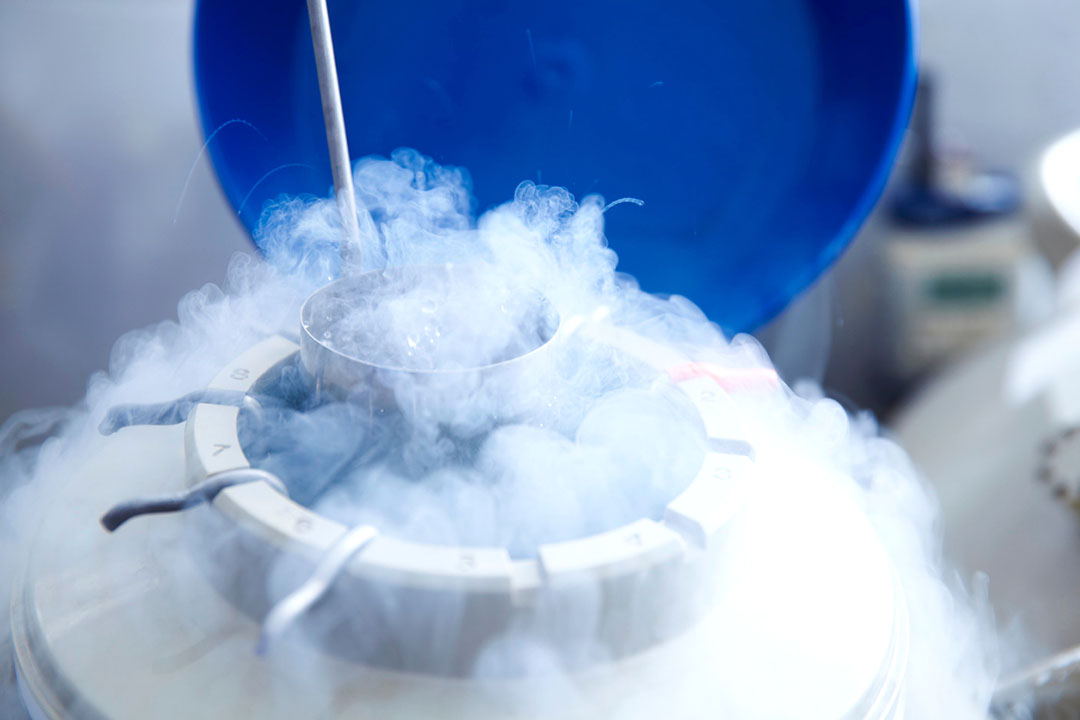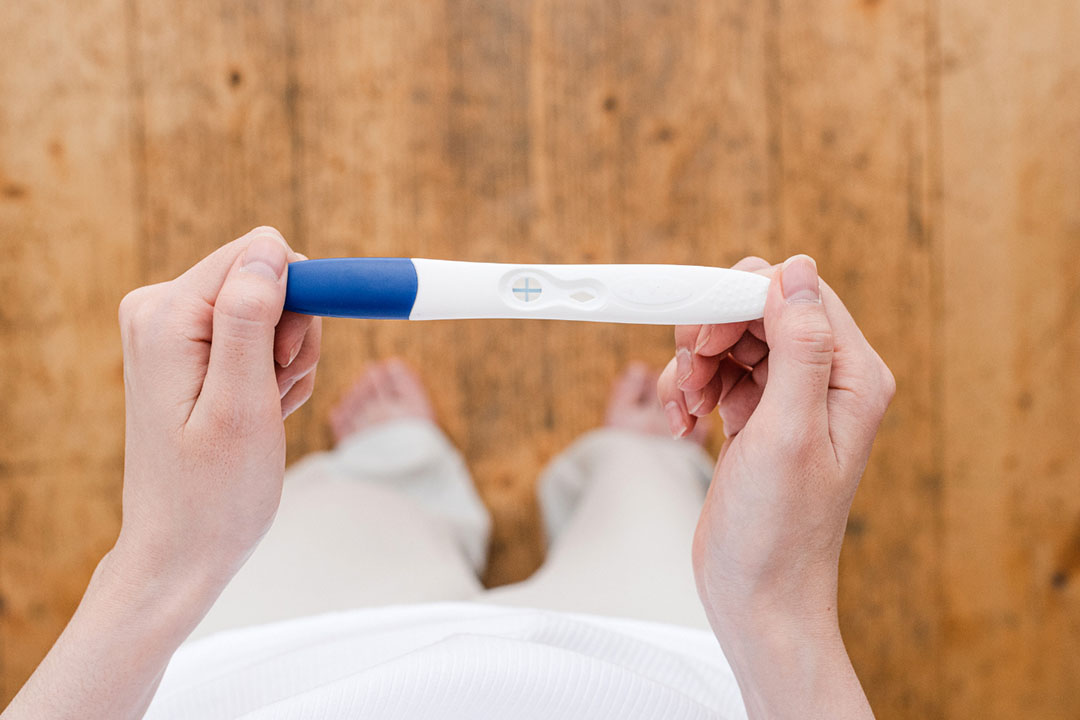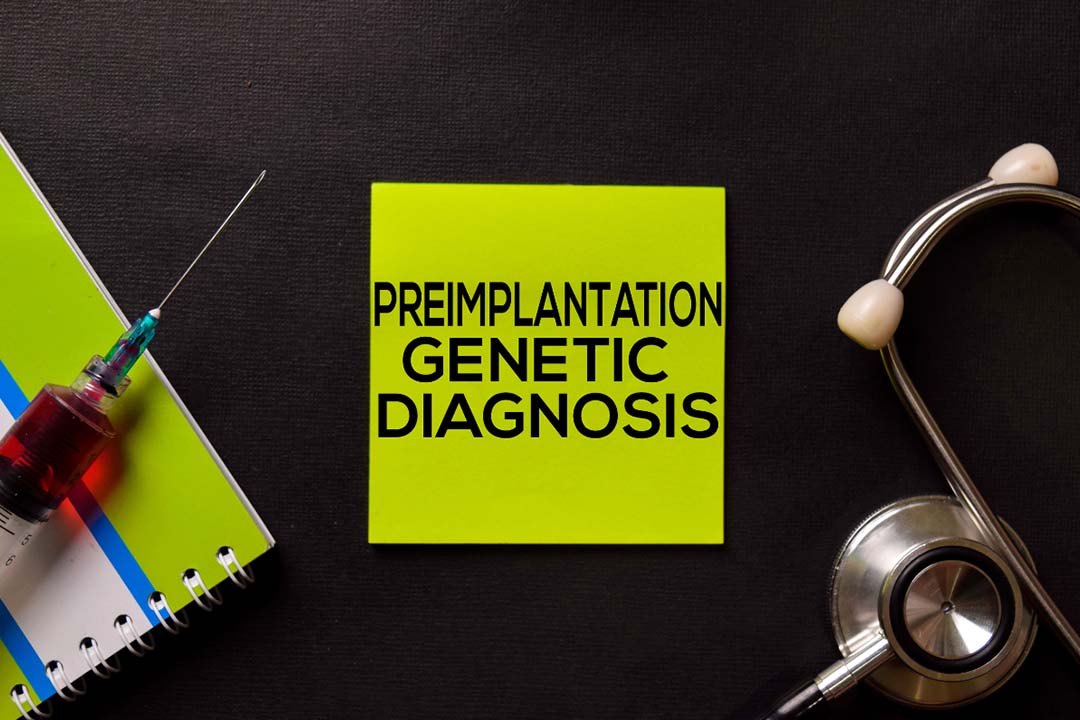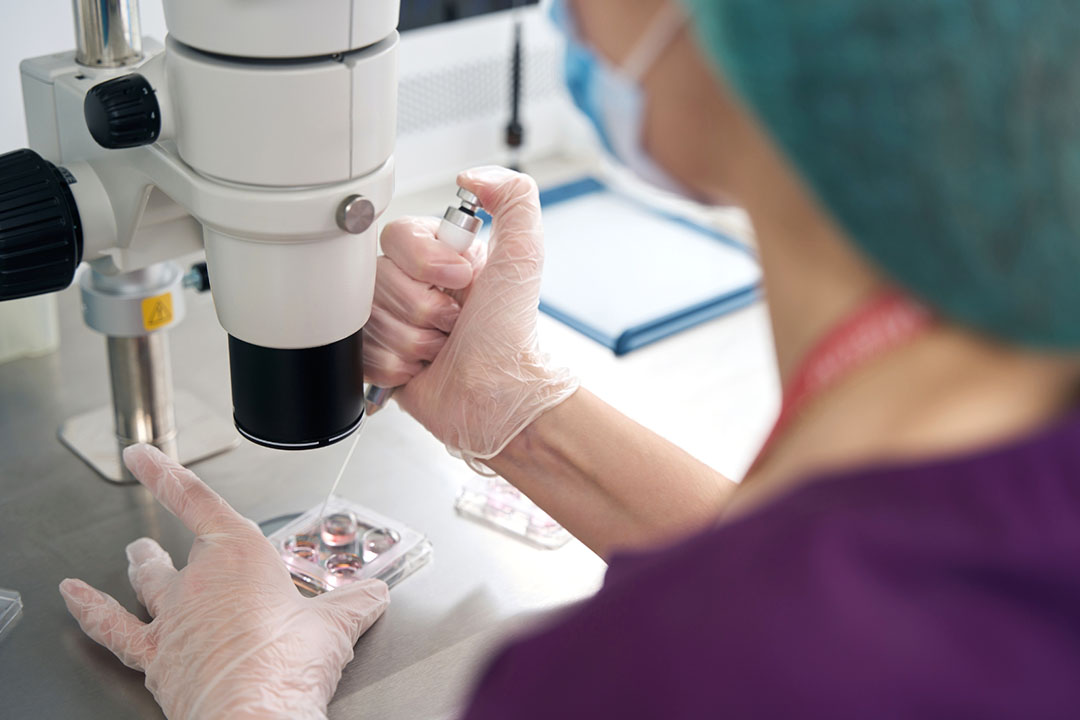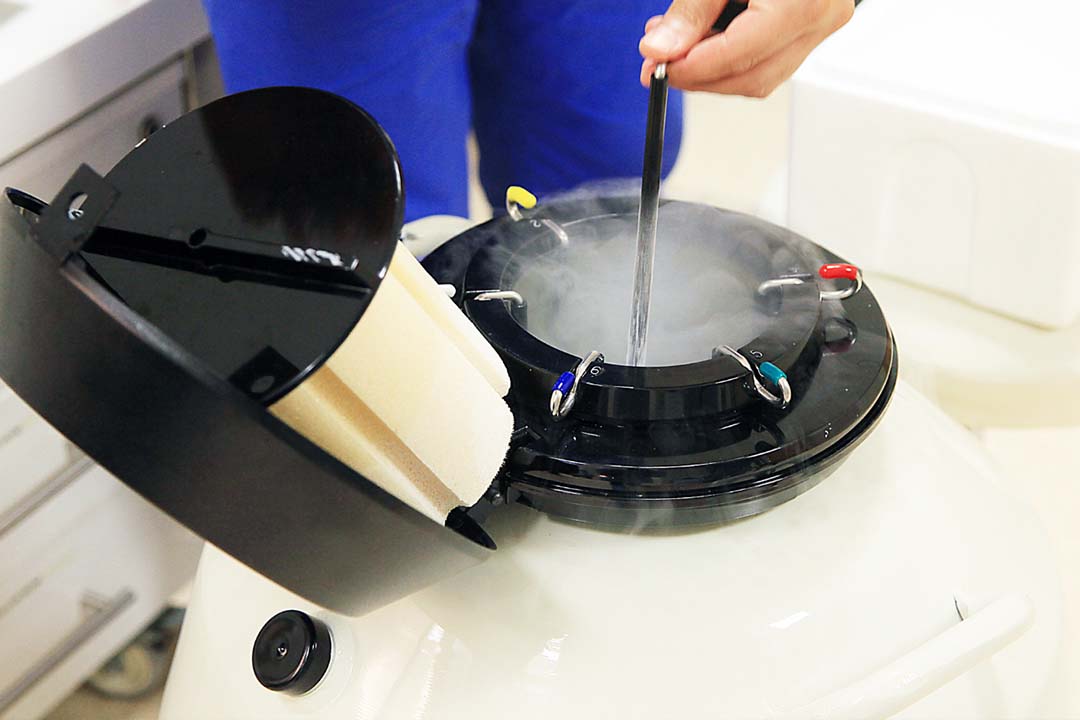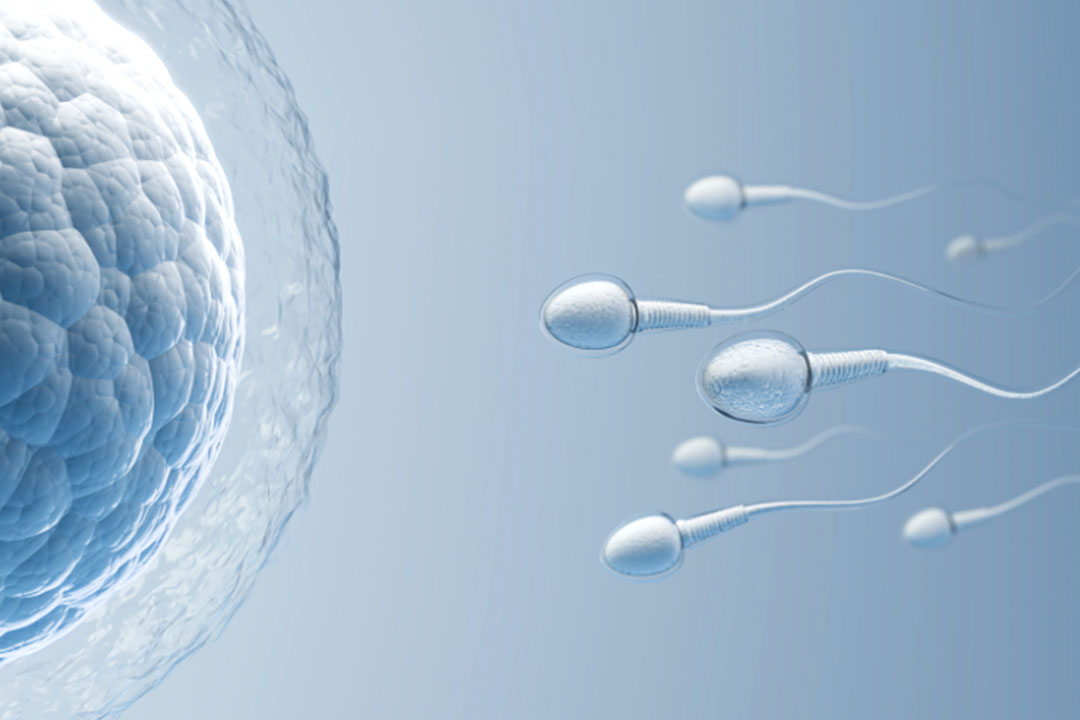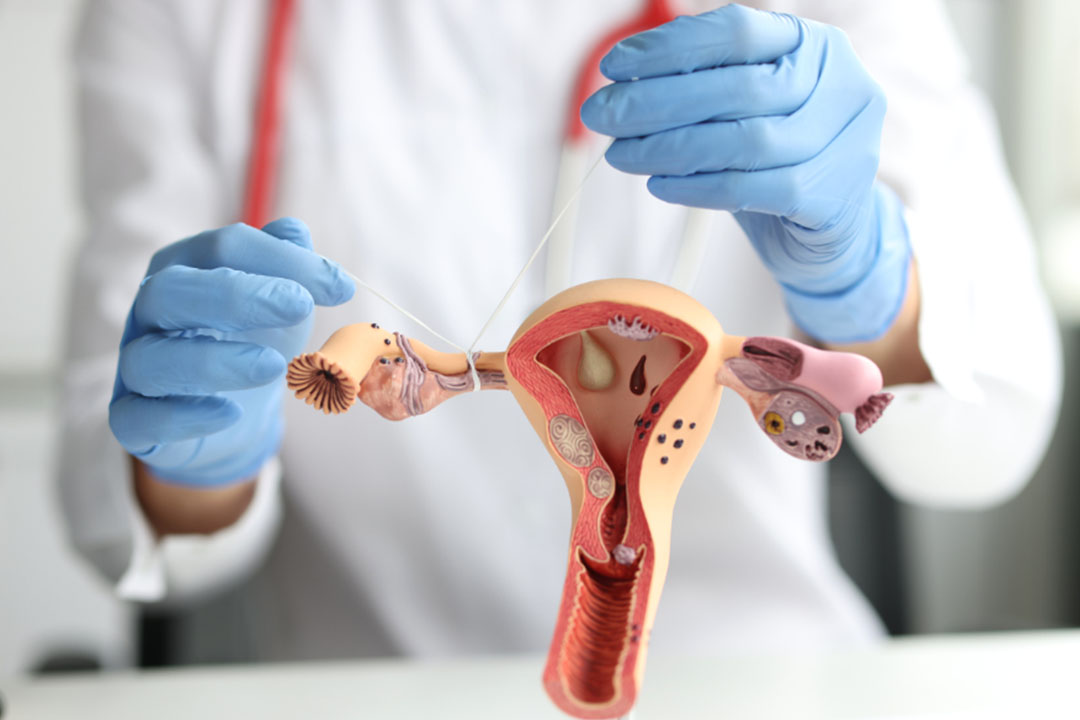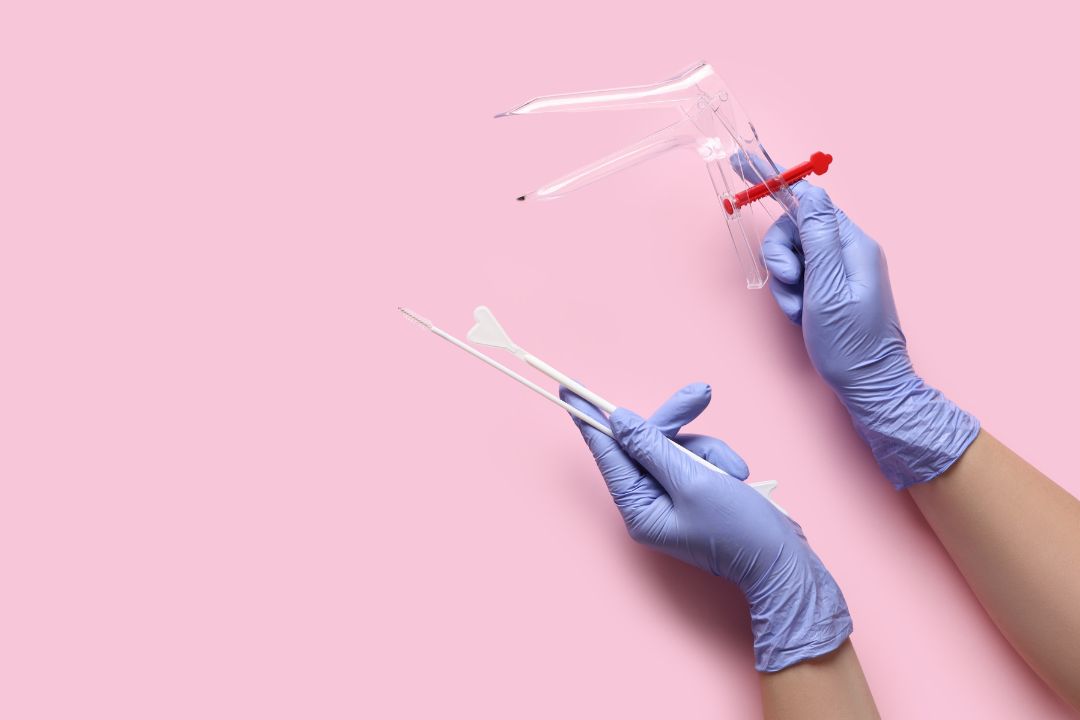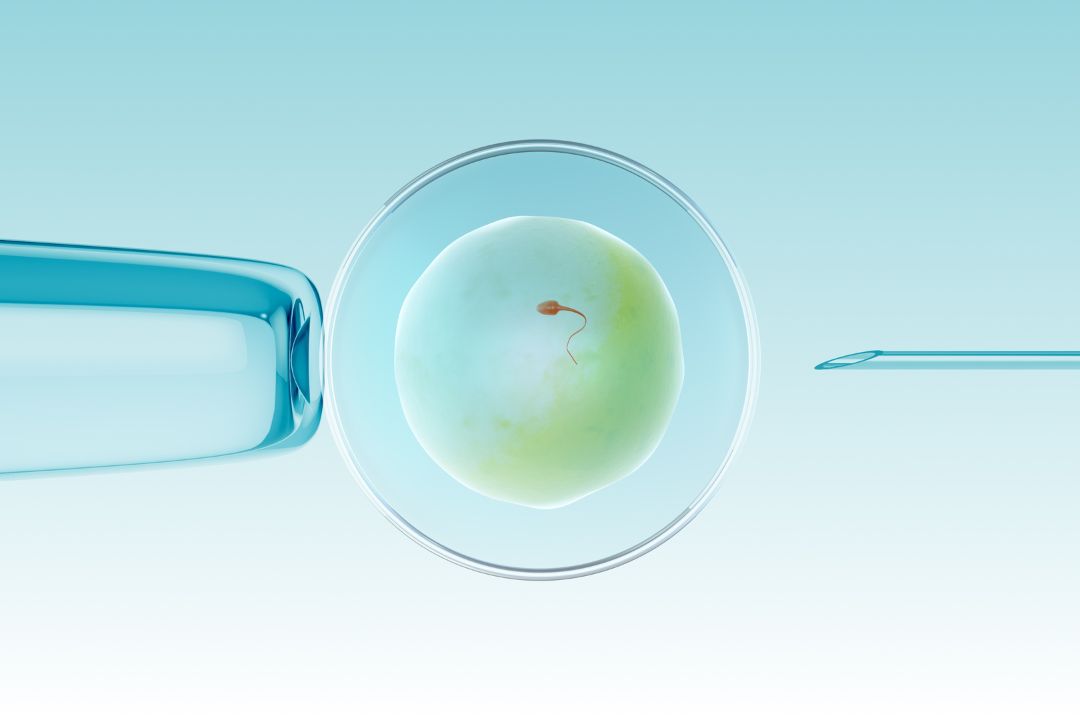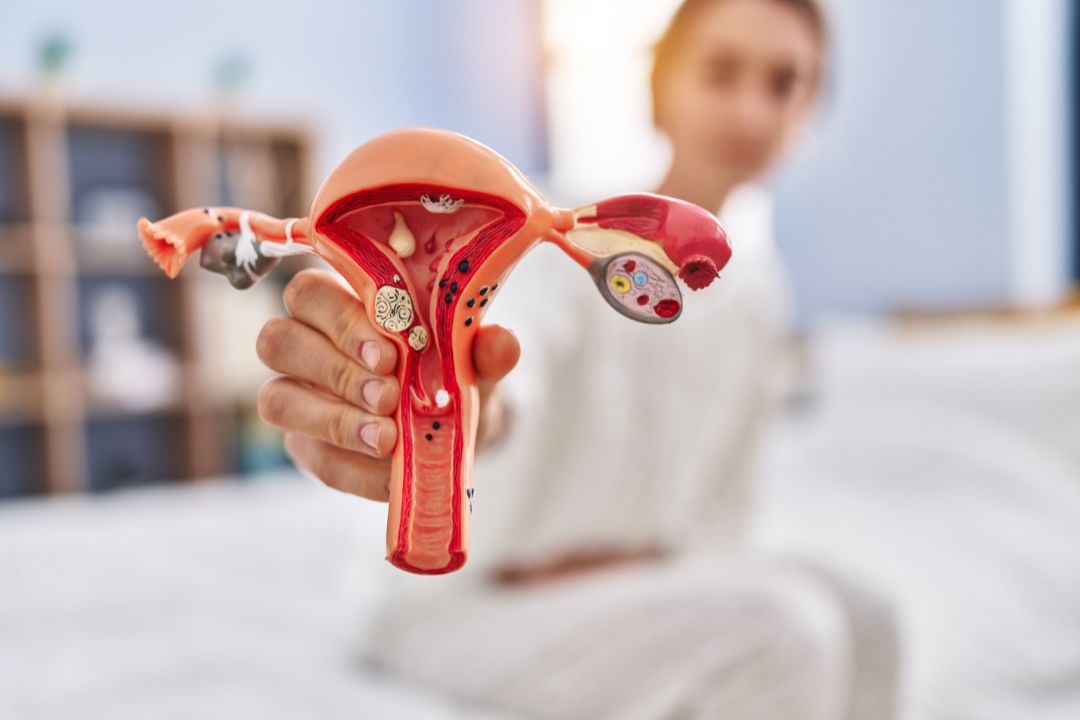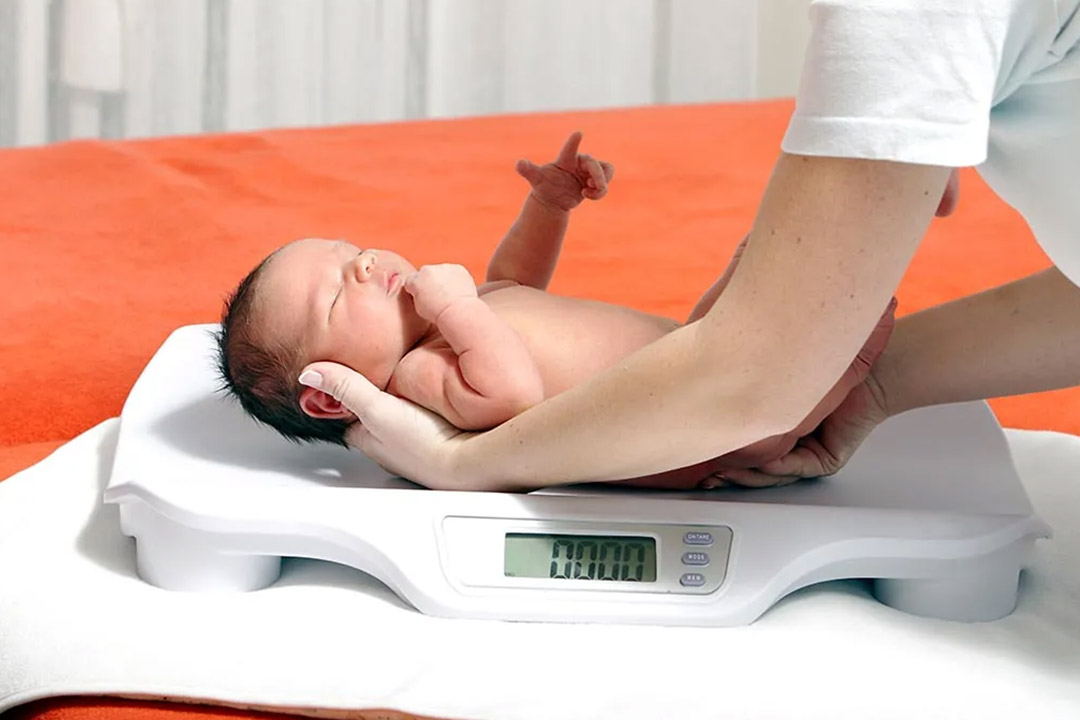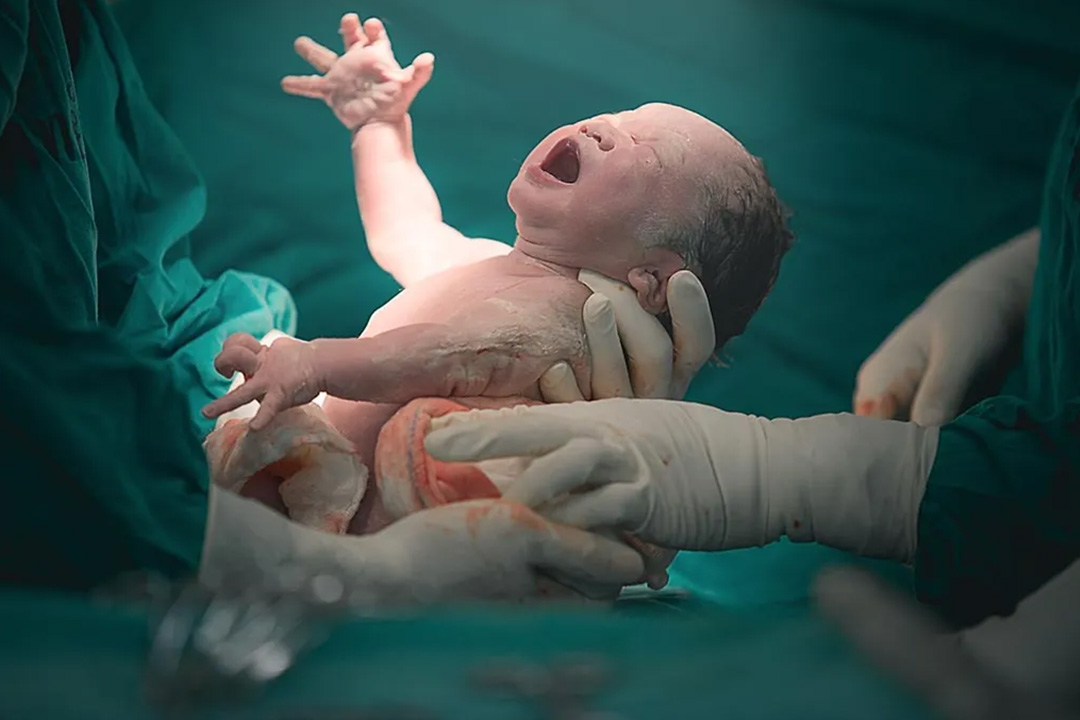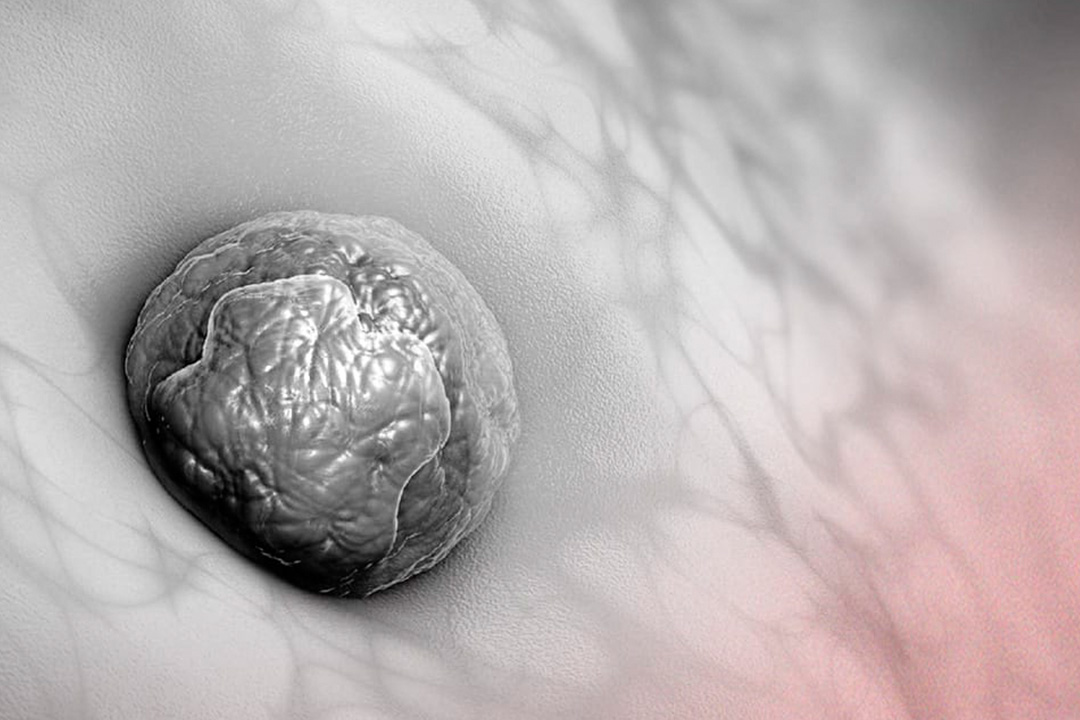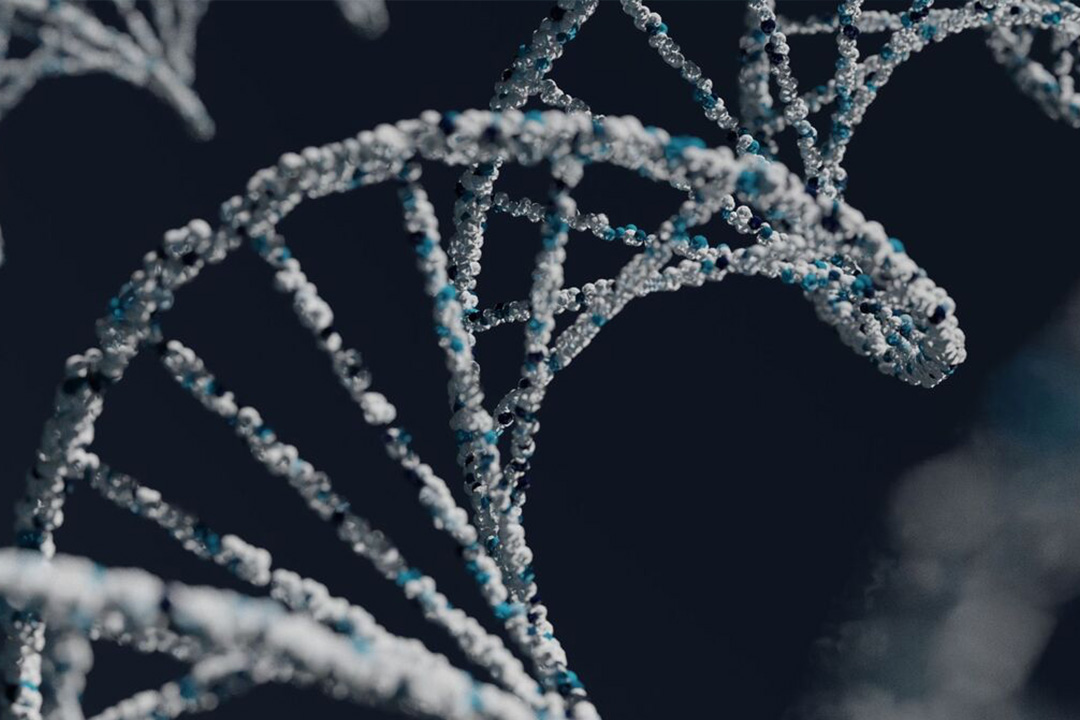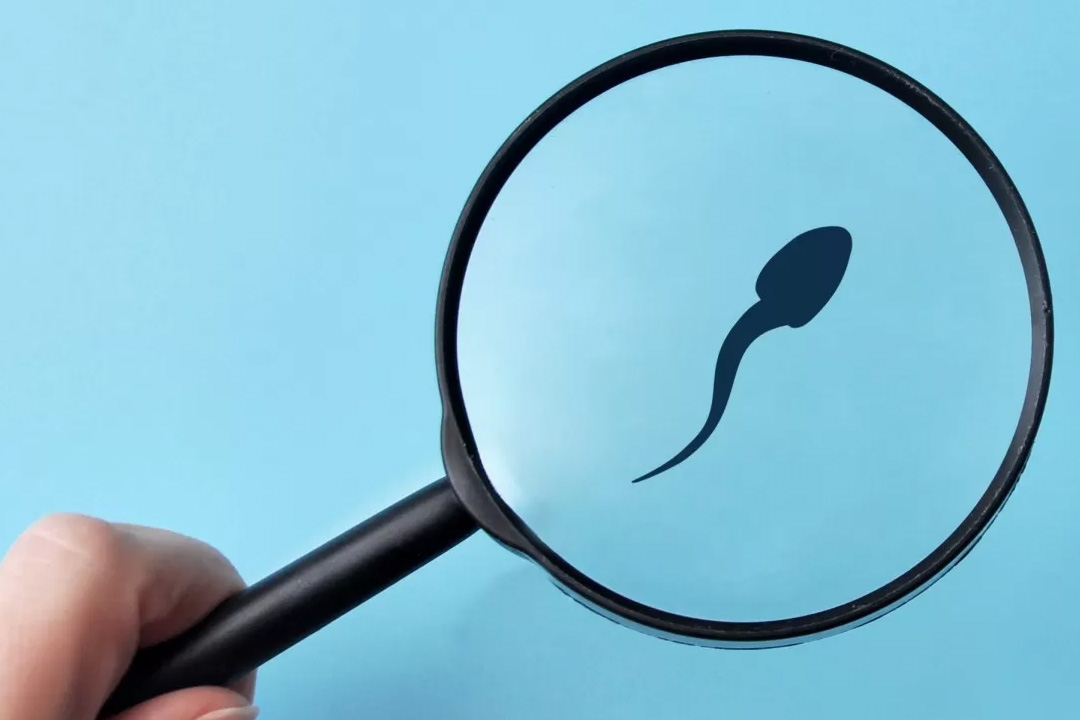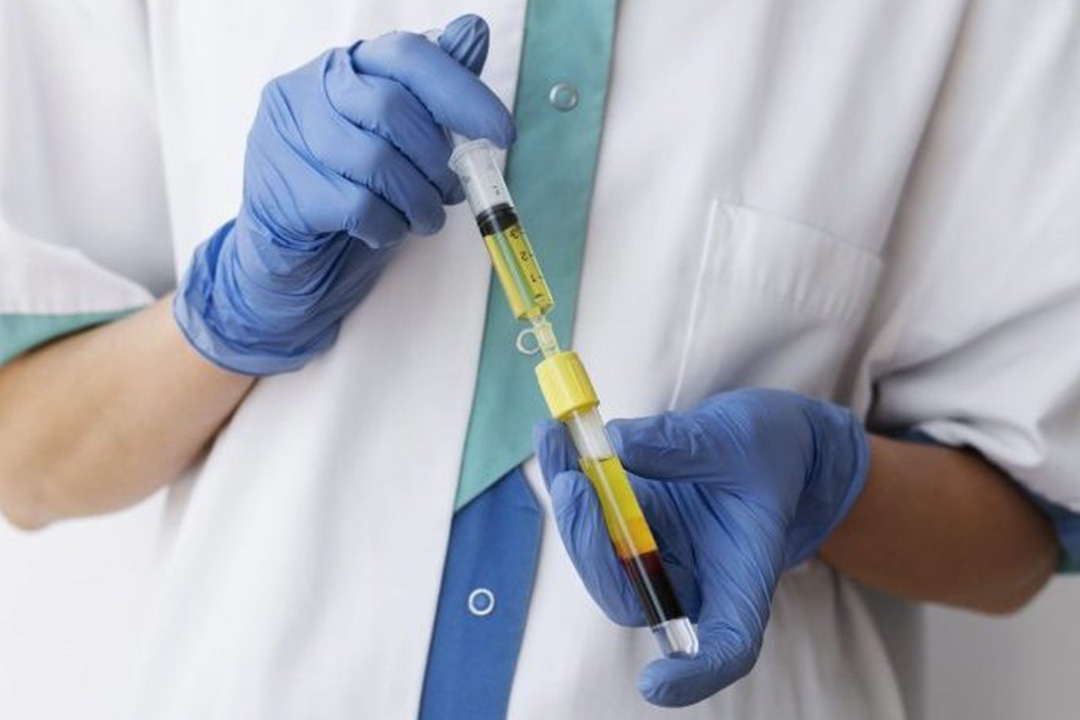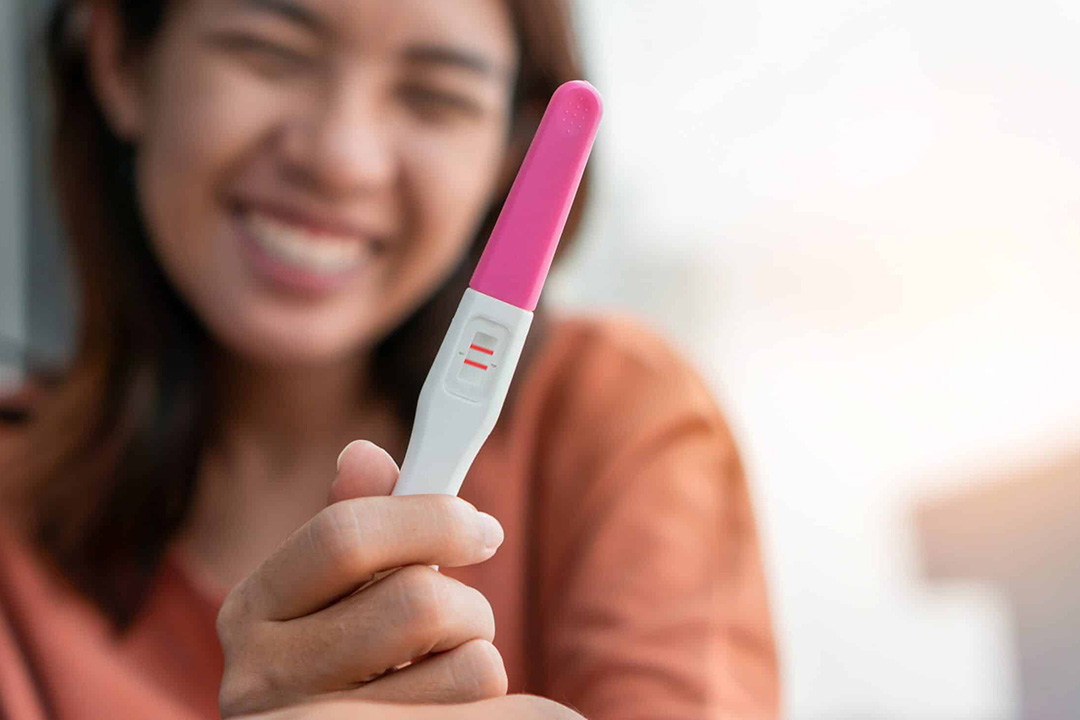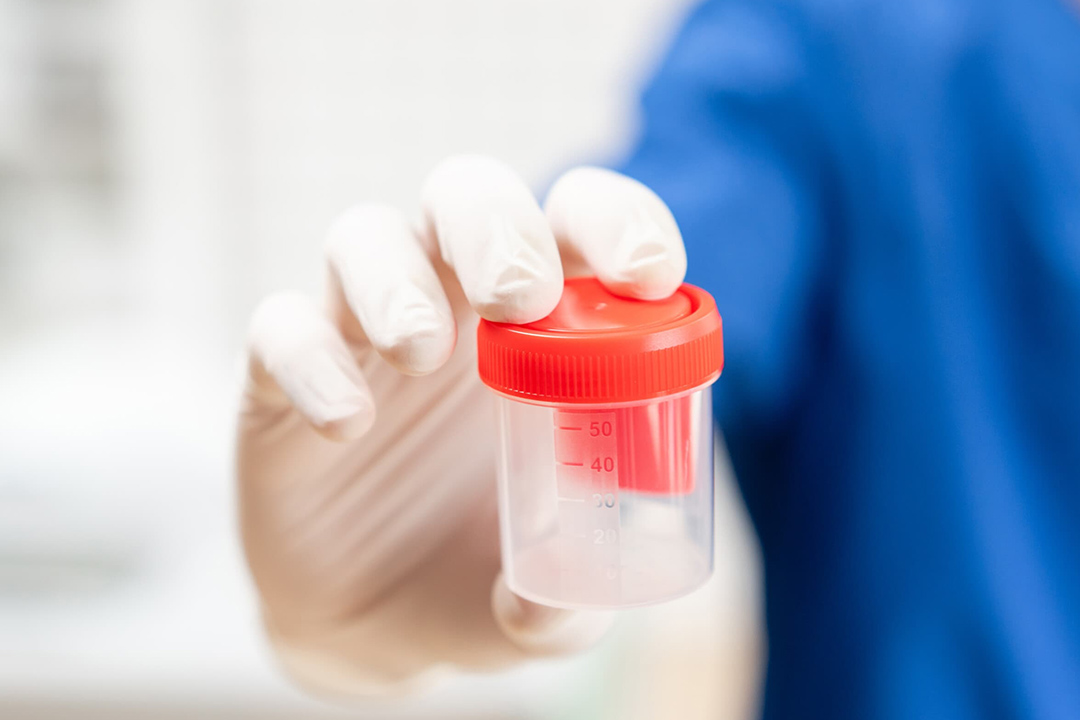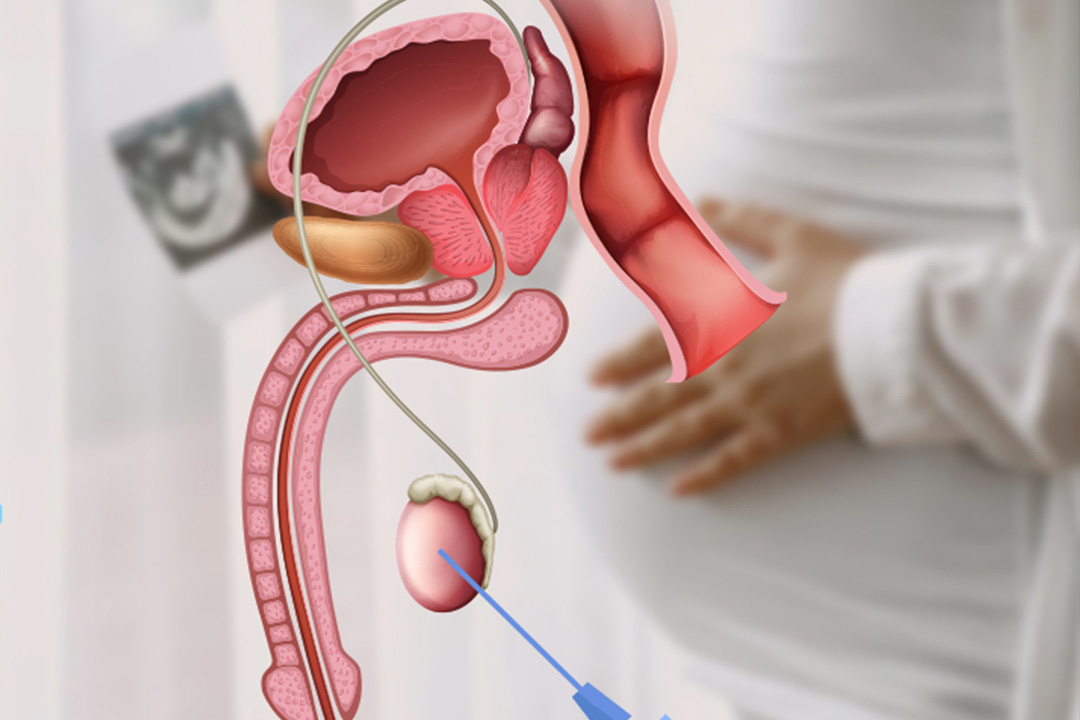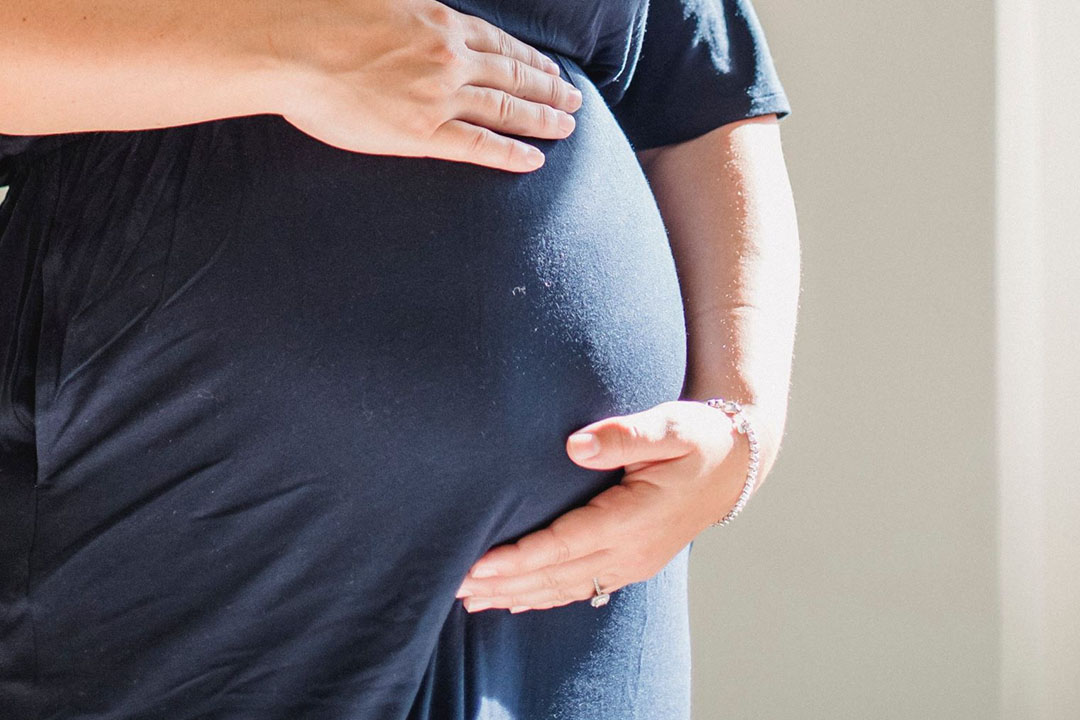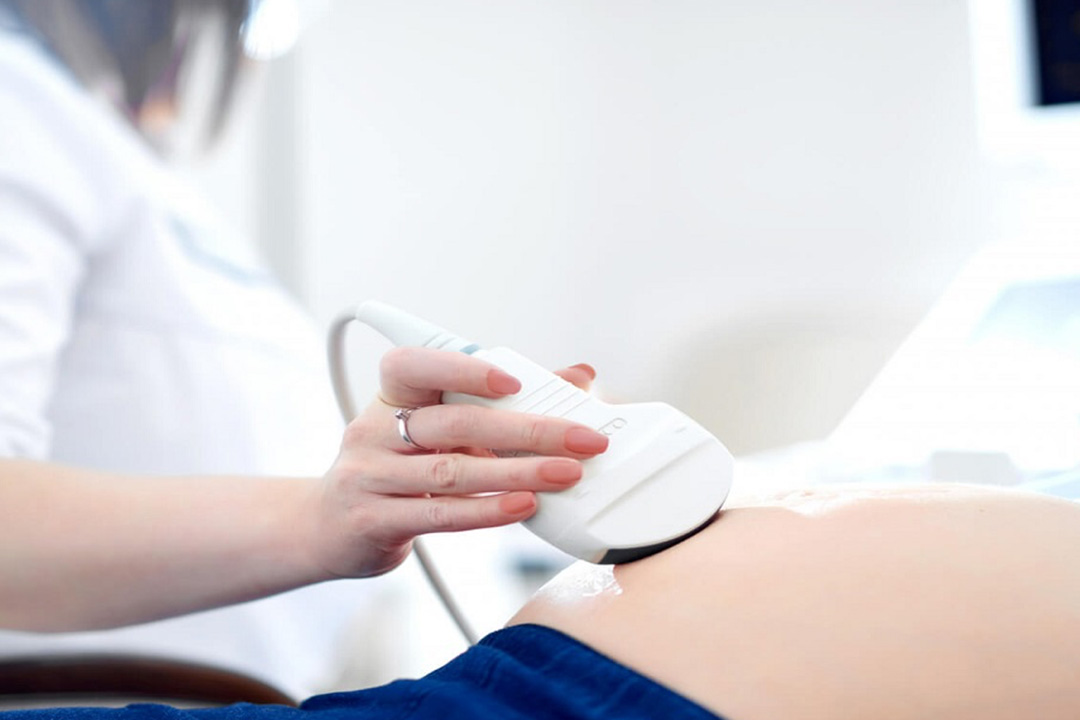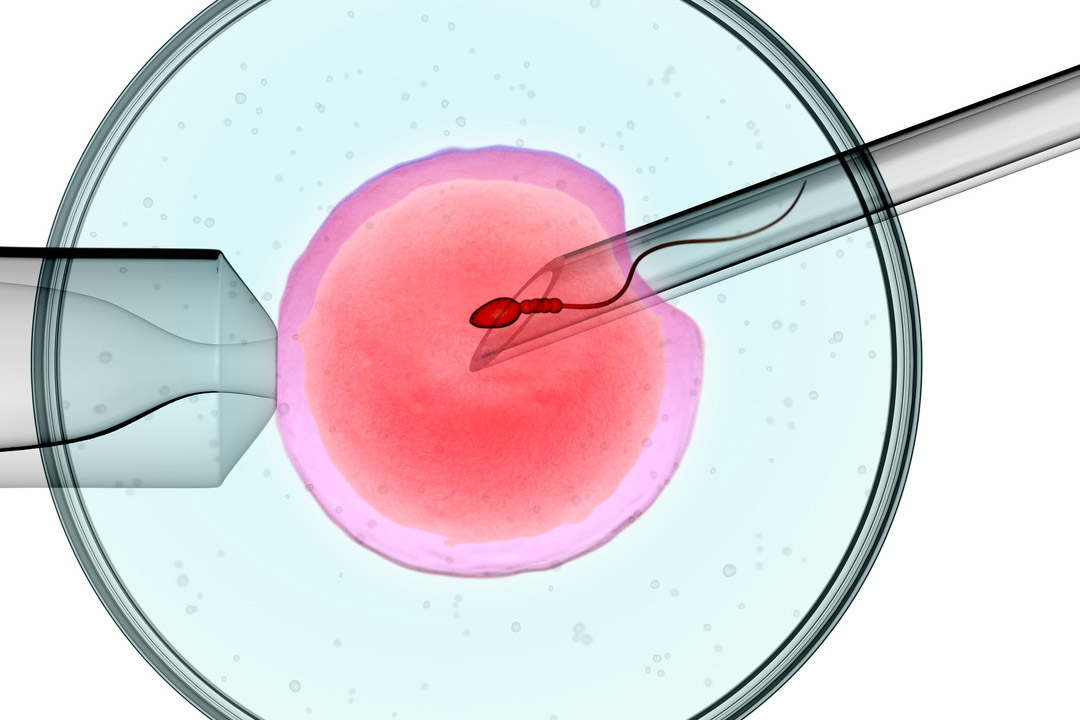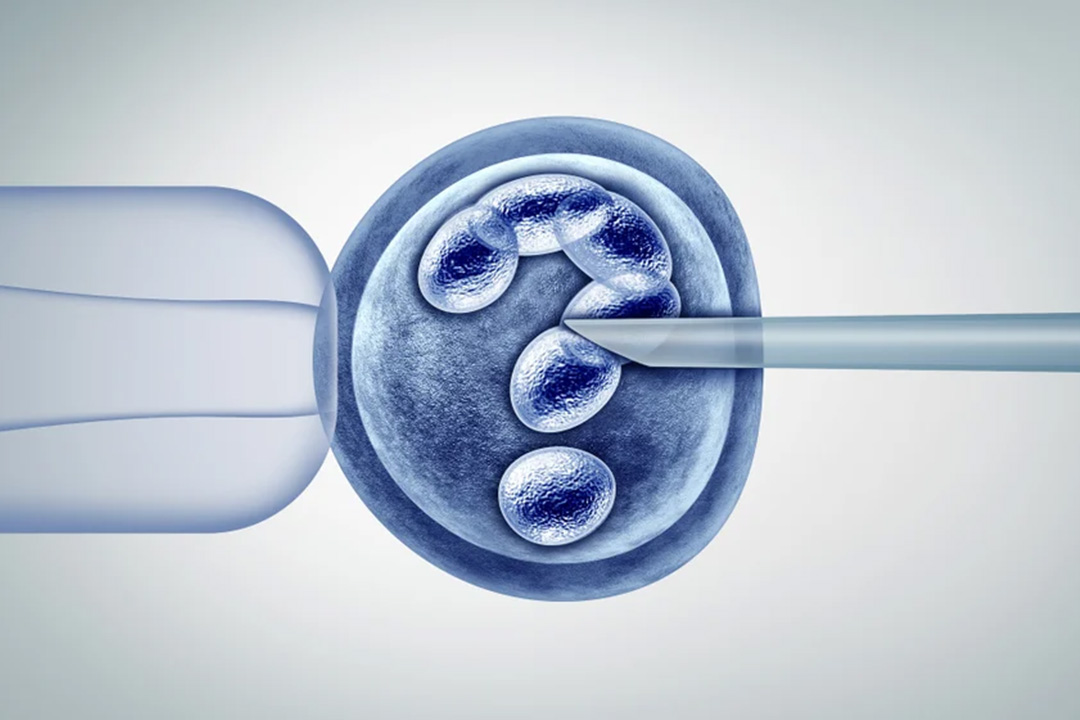Understanding Computer-Assisted Sperm Analysis (CASA): A Modern Approach to Male Fertility Assessment
As technology advances, new techniques and facilities come up in the field of medicine. Computer-Assisted Sperm Analysis (CASA) is one such advanced technology that helps in the evaluation of male fertility by giving accurate and detailed analyses of sperm parameters. This article digs into the CASA process, its benefits, and related costs.

What is CASA (Computer-Assisted Sperm Analysis)?
CASA is the short form for Computer-Assisted Sperm Analysis. This refers to a system that is used to visualise the sperms by using a complex electronic imaging system. To measure the various other individual parameters of the sperm advanced software programs are used.
The working of the system is quite simple as follows,
- Initially the specimen in the semen is checked with the help of a microscope. This microscope has a high-resolution video camera attached to it.
- The data from the camera is transferred to a computer which processes it using the required software.
- The software analyses the data and gives results for various parameters which are used by the medical professionals to understand the underlying medical conditions.
Here, the way a sperm moves and its morphology (how it appears) is assessed. It is done by the software as the computer observes the sperm under the magnifier and generates highly digitised image of every single sperm. This is done by tracking its speed and the path the sperms cover.
Who Should opt for a CASA?
There are two category of people who can opt to get a CASA. People who want to get check their male fertility or the ones who want to check if their vasectomy is successful or not.
- Semen analysis is an important thing necessary to check male fertility. It is only when the male is fertile enough, a couple can get pregnant.
Semen analysis will help the doctor to understand whether the man is fertile. Using CASA, parameters such as sperm count, dysfunction, morphology, motility etc. can be looked into. - The process of cutting and sealing of the tubes from where the sperm from testicles go to the penis is known as vasectomy. It acts as a permanent birth control measure.
Usually, men who opt for a vasectomy, take the CASA test to check if there’s any sperm in their semen. Atleast once a month for the period of three months after a vasectomy, the doctors advise the patient to get the CASA test to check if the sperm reappears in the semen.
How is the Entire Process of CASA Performed?
CASA is a simple procedure and an overview of its process is given below,
- Sample collection:The entire process starts with the initial step of collection of the semen sample from patient.
- Sample preparation: Once the semen is collected, it has to be processed properly. This includes liquefying the sample to ensure uniform consistency and dilution so as to get required concentration of sperm. This is an important step as the further analysis and data generation depends on this.
- Sample loading: After the sample has been prepared, a part of it will be loaded to a specialised counting chamber or slide. This is done under controlled conditions in the laboratory.
- Microscopic examination: As the slide is loaded with sample, it is examined by placing under a microscope which is equipped with CASA technology. The CASA system will capture digital images or videos of the cells of the sperm within the sample.
- Sperm analysis: The images or videos that are captured by the camera are analysed by the CASA software. It assesses the various parameters of sperm motion which include velocity, trajectory, and frequency. Apart from this, the sperm concentration, morphology and viability is checked as well by the software.
- Data interpretation: Once the results of the CASA come, trained professionals interpret it. Parameters such as sperm count, motility percentage, and morphology are assessed to determine the overall quality of the semen sample.
- Report: A detailed report consisting of all the findings of the CASA analysis is made. All the quantitative data on sperm parameters and any abnormalities if found during the analysis is present in the report.
- Consultation: Once the patient gets the CASA report, they can make an appointment with a fertility expert to discuss and explore treatment options if any abnormality is found.
- Follow-Up: Based on the report of CASA and disscussions the patient had with his doctor, the patient is asked to visit the doctor regularly. This is done to monitor if the treatment prescribed is working or not.
What are the Benefits of Getting a CASA?
CASA offers many advantages over the traditional semen analysis such as,
- Accuracy: The entire process is machine operated with software’s to read data such as sperm parameters such as motility, concentration, morphology, and viability. Due to this the results are more accurate as manual errors are avoided.
- Early detection: CASA helps to make early detection of any possible abnormalities in the sperm. Those abnormalities which are not even seen visually can be identified. Detection of these abnormalities early will help make a treatment plan which will be less complex sooner.
- Customised treatment plans: CASA provides a very detailed and precise result. Using these results, the doctors can plan a treatment plan which is personalised. This will increase the chances of success of the treatment.
- Monitoring progress: The effectiveness of the fertility treatments can be monitored regularly by tracking the changes in the sperm parameters. If the results are not as expected, the doctor can make changes in the treatment plan to increase the chances of conceiving.
- Satisfaction and confidence of the patient:When patients are provided with the use of state-of-the-art facilities such as CASA, it will increase their confidence and satisfaction from the clinic. Semen analysis test cost (casa test cost)
What is the Cost of CASA?
The cost of CASA will depend on various factors such as the following,
- Location: A major factor on which any test or treatment depends is on the place where the clinic is situated. A clinic that is situated in an urban or larger city with a higher cost of living will charge more than the ones in smaller cities.
- Type of Facility: A clinic with all the facilities required for a CASA, will charge more. In general, a private clinic would cost more than the ones under public.
- Additional Tests: Apart from CASA, in certain cases, various other additional tests such as a blood test, urine test, semen culture or sperm DNA fragmentation analysis is required. The overall cost will include this as well.
- Travel and Accommodation: If a person wishes to have the test done in a different place, the cost of traveling and staying there will add up to the cost.
- Consultation:The consultation charges of the fertility expert will depend on his experience and expertise. A skilled doctor would charge more.
- Follow-ups: Once the reports are received and a treatment plan is made, the patient is asked to visit the doctor regularly so as to see if the treatment plan is working or not.
If there is no improvement in the condition of the patient as expected, then the doctor will make new plans to accommodate the needs. These follow-ups will add to the total cost.
Based on these above factors, the cost of Computer-assisted semen analysis varies. In India, the average cost of a computer-assisted semen analysis will range from anywhere between Rs. 400 to Rs. 8,00.
References

About Us
AKsigen IVF is a premier center for advanced fertility treatments, with renowned fertility experts on our team. Specializing in IVF, ICSI, egg freezing, and other cutting-edge reproductive technologies, AKsigen IVF is committed to helping couples achieve their dream of parenthood. With personalized care and a patient-first approach, AKsigen IVF provides comprehensive fertility solutions under one roof.










